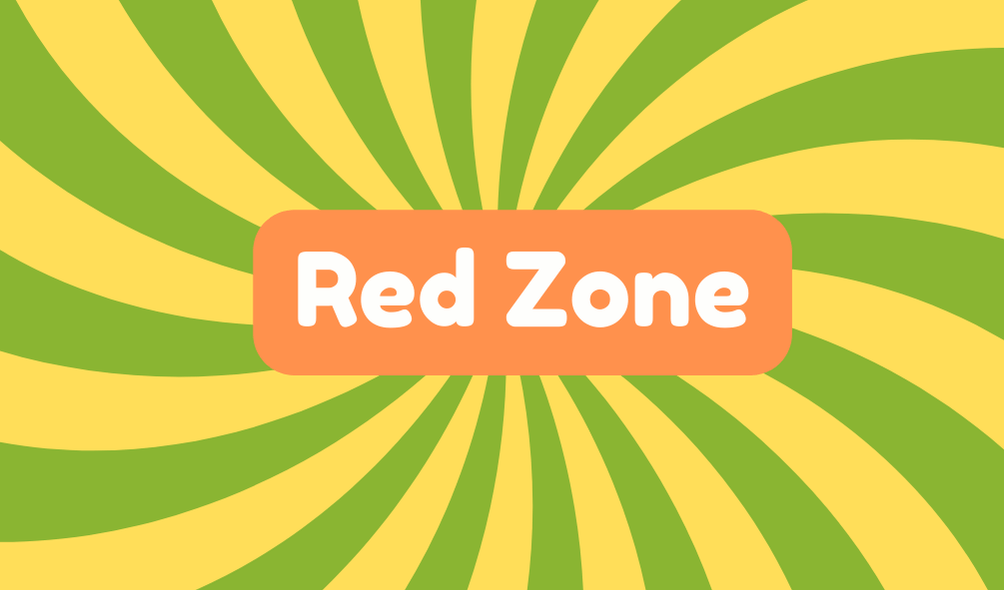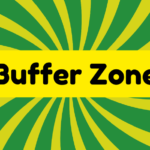The "red zone" indicates areas of high risk, applicable in safety, sports, and beyond. Its origin traces back to a 1905 scientific article and evolved through military and regulatory contexts to sports lingo, especially in American football. You might hear it when a construction site is marked unsafe, or when a team approaches the end zone for a score. While the term is useful, relying solely on it can lead to complacency about real risks. Understanding its implications fully is essential, so you'll want to explore more about its ongoing relevance and applications across different fields.
Synonyms
When you're discussing the term "red zone," several synonyms might come to mind depending on the context. You might notice that the language varies markedly in its application across different fields, highlighting the importance of identifying danger zones or critical areas accurately. Here are some synonyms worth considering:
- Hazard Zone – Signifies places of risk in various environments.
- Danger Area – Emphasizes the potential threats present.
- Threat Zone – Often implies a more immediate sense of urgency.
- Risk Zone – Broadly refers to areas requiring careful assessment.
Understanding these terms can help you communicate effectively when tackling issues related to safety protocols, whether in sports, military, or everyday life. Recognizing the nuances can deepen your perspective on critical assessments of risk.
Example of Sentences
The term "red zone" appears in various contexts, each illustrating its unique implications. Understanding its usage can help you navigate emerging trends in risk assessment. Consider these examples:
- The alley behind the schoolyard is a red zone, known for bullying.
- The pressure washer gauge shows it's operating in the red zone, signaling potential failure.
- During the game, your team entered the red zone but couldn't score a touchdown, highlighting missed opportunities.
- The construction site was labeled a red zone due to hazardous conditions that require careful monitoring.
Each sentence reflects the urgency of acknowledging danger, whether in sports, safety, or assessments. Recognizing these zones can help you make informed decisions and innovate within your own field.
Origin
Though its specific applications may vary, the term "red zone" has roots in scientific, regulatory, and military contexts. Its historical significance is notable; it first appeared in 1905 in Charles H. La Wall's scientific article. By 1916, the term was utilized in the Franco-British Treaty to delineate contested areas in the Middle East, showing its military terminology origins. Additionally, in 1937, it was referenced in the Federal Register regarding air flight regulations, showcasing its regulatory relevance. The crossover into American football by Joe Gibbs represents a unique blend of military concepts with sports, illustrating how language evolves. As you explore these origins, consider how such adaptations reflect our understanding of danger and risk in various spheres.
Collocations
"Red zone" frequently collaborates with various words to enhance its meaning across different contexts. Understanding these collocations can deepen your grasp of its significance, especially in risk assessment and safety protocols. Here are four key examples to bear in mind:
- Safety protocols in the red zone: Highlighting stringent measures for high-risk areas.
- Red zone alert: Indicating heightened awareness or danger within a designated area.
- Red zone boundaries: Defining limits around critical zones for clearer risk assessment.
- Entering the red zone: Signifying the moment when one crosses into a zone of increased risk.
Recognizing these combinations helps you navigate discussions about safety, strategy, and risk with more insight. It's important not to overlook the gravity of entering a "red zone," lest it lead to unforeseen consequences.
How to Use in Everyday Language
In everyday conversation, you can easily incorporate "red zone" to describe high-risk situations or critical areas. Whether you're discussing safety hazards at a construction site or highlighting a stressful scenario, this phrase adds depth to your metaphorical expressions. For example, if you're planning a big project, you might say, "We're in the red zone now; let's tighten up!" This usage not only conveys urgency but also creates a shared understanding. While it's become trendy, be mindful not to overuse it—it can lose its impact and become cliché. Striking that balance between innovation and clarity guarantees your communication remains compelling and effective. So, keep "red zone" in your vocabulary, but choose wisely when to deploy it.
Why Is It Still Relevant Today?
Terms like "red zone" continue to resonate in today's discussions about safety and risk management because they encapsulate complex ideas in a simple phrase. In a world where safety protocols are more critical than ever, recognizing these zones helps you assess potential threats efficiently. Yet, the term's widespread use can sometimes mask deeper issues—such as complacency in actually addressing risks. While it's easier to label an area as a "red zone," effective risk management requires a proactive approach, not just catchy terminology. If society relies too much on phrases like "red zone," we might overlook the real actions needed to promote safety. Being aware of this can drive innovation and encourage better practices in risk assessment and safety protocols.







